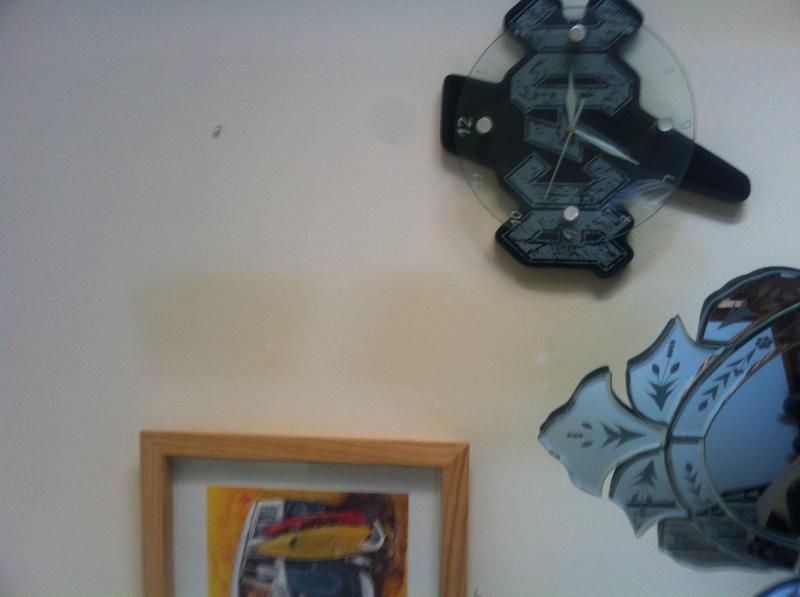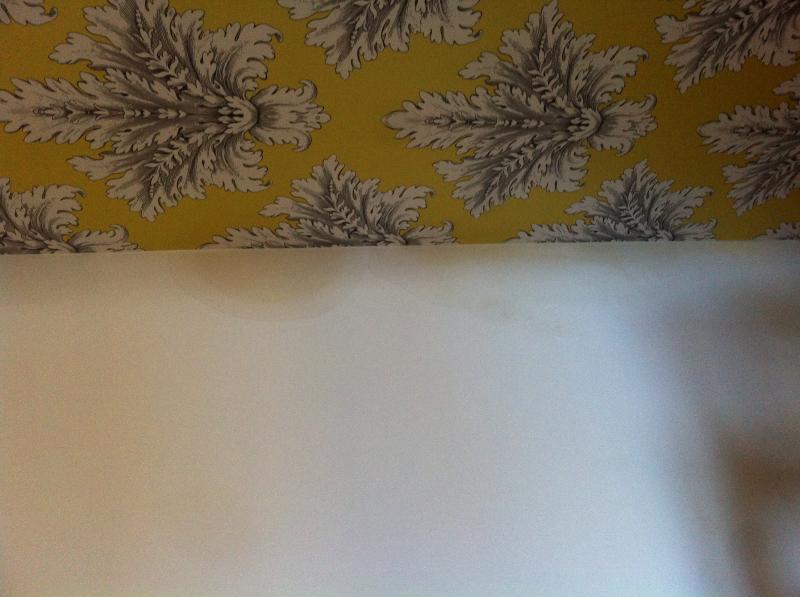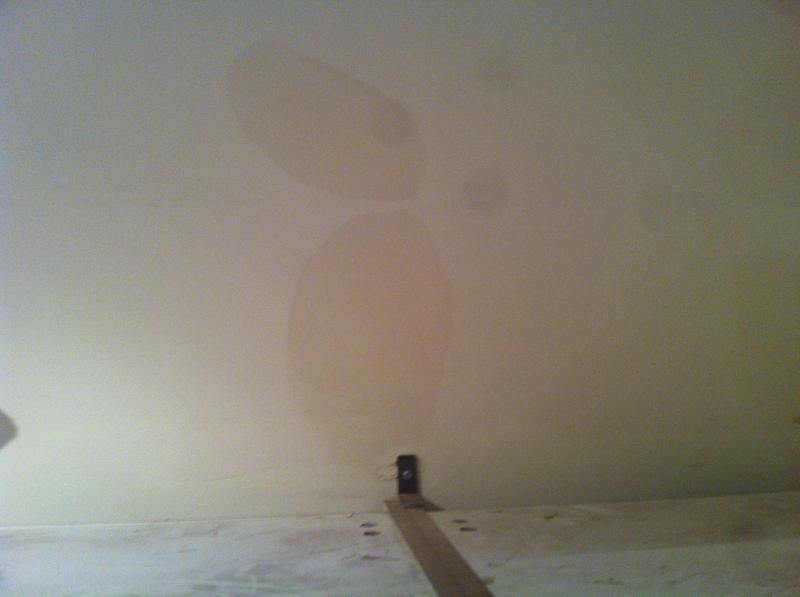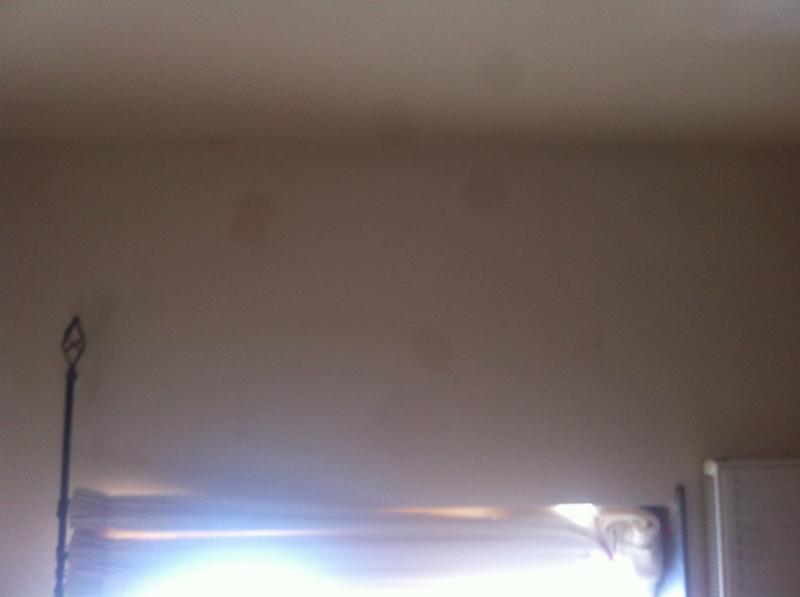Bought a house about 10 month ago, moved in around October with no problems and no signs of any problems and the survey came back fine.
Since moving in a large number of patches have appeared in some rooms of the house and I am assuming they are caused by some form of damp.
I really don't know how to start diagnosing this, started by getting a roofer to look at some of the roof and they did not think this was the source of the issue an I don't know where I turn to.
House didn't really need anything doing to it when we moved in as had been recently renovated (within the last fee years) but I have turned my hand to a few jobs but this is beyond anything I am comfortable with.
House is approx 1850 and walls are about 500mm thick, I think survey said random rubble construction, so far as I know the previous owners did not have this issue but I can't say for sure.
Since moving in a large number of patches have appeared in some rooms of the house and I am assuming they are caused by some form of damp.
I really don't know how to start diagnosing this, started by getting a roofer to look at some of the roof and they did not think this was the source of the issue an I don't know where I turn to.
House didn't really need anything doing to it when we moved in as had been recently renovated (within the last fee years) but I have turned my hand to a few jobs but this is beyond anything I am comfortable with.
House is approx 1850 and walls are about 500mm thick, I think survey said random rubble construction, so far as I know the previous owners did not have this issue but I can't say for sure.






